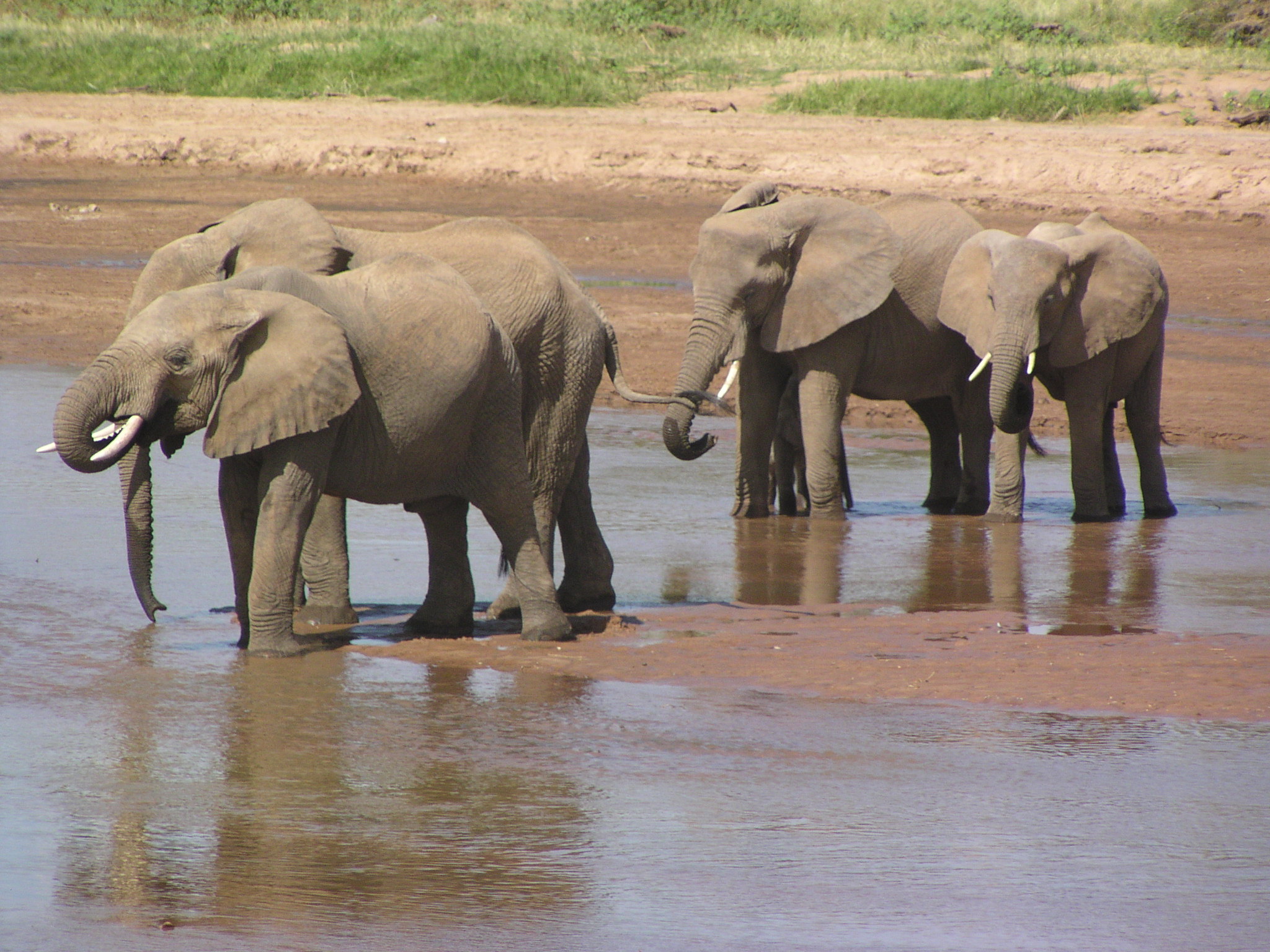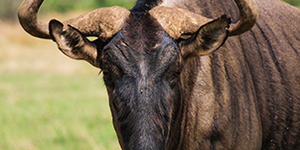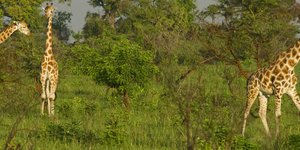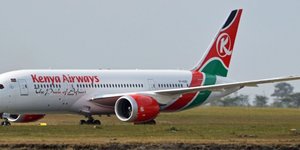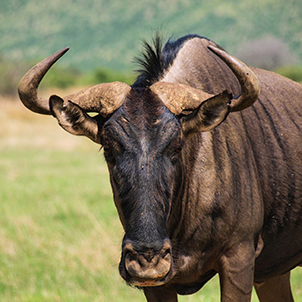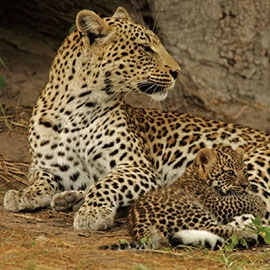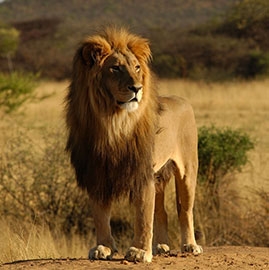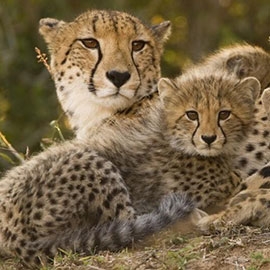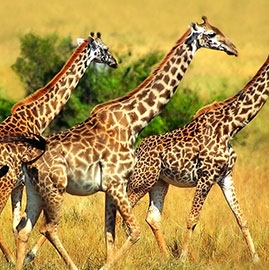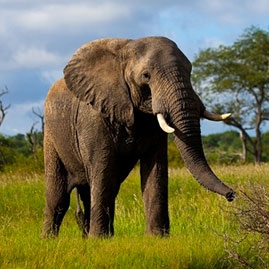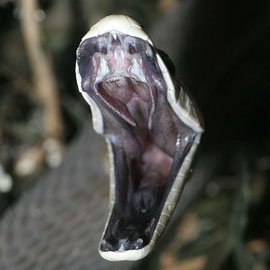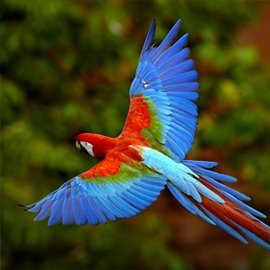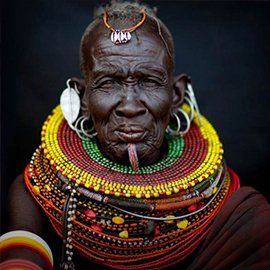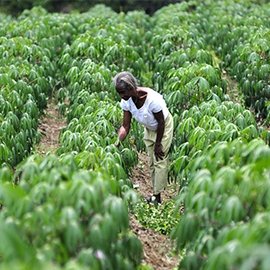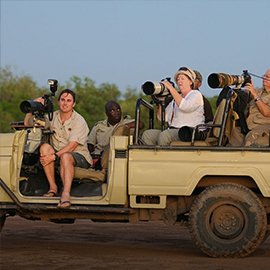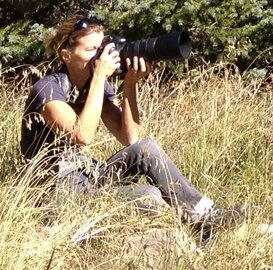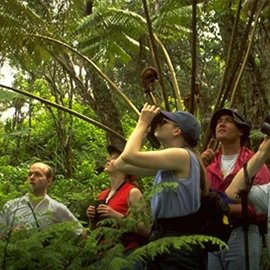Buffalo Springs National Reserve
What YAS members think
Highlights
- Big four
- Cultural activities
- Bird watching
- Nature walks
About Buffalo Springs National Reserve
Buffalo Springs National Reserve is located in the north of Kenya in the hot and arid lowlands of Mt. Kenya. In 1948, the reserve was established as part of the Isiolo - Samburu game reserve with the present boundaries established in 1985. The reserve covers an area of 131 km² (51 mi²) and has a altitude of between 850 meters (2,790 ft) and 1,230 meters (4,040 ft) above sea level. The management of the reserve is done by the Isiolo County Council.
The reserve is generally an old lava flow and olivine basalt volcanic soils plain that experience dry, hot and semi-arid climatic conditions. The reserve has also great features such as the Champagne Ride which is found in the southeast and an ancient lava-terrace.
Buffalo Springs National Reserve is home to the endangered Grevy's Zebra, elephant, gerenuk, oryx, giraffe, leopard, lion, cheetah, hyena and buffalo. The park has recorded over 365 species of birds that include the Somali ostriches that are widespread.
The reserve also has the rare flora and fauna flower vegetation because of its semi arid climate. Set up around stretch of the seasonal Ewaso Nyiro River, the river bank forest provides shade and therefore drawing plentiful of wildlife during the dry season and consequently maintaining many of the less migratory species all year round.
When is the best time of year to visit Buffalo Springs National Reserve?
The best season to visit the reserve is during the months of July and December in the morning or evenings to have an amazing experience.
Tucked in the arid parts of northern Kenya is the Buffalo Springs National Reserve, eponymously named after springs in the park. The park is vast with endless plains of scrub and thorny bushes. Being on the rain shadow of Mt. Kenya, I found this place a bit hot. The animal population here I can say is medium. There are numerous herds of the endangered Gravvy zebra, the reticulated giraffe, elephants and many of the big game. What I never saw was the rhino. There are many Somali ostriches dotting the park with their long blue legs, too. The Ewaso Nyiro river forms a boundary between Samburu Game Reserve, Shaba and Buffalo Springs with the three forming a complex. Now, if you are in Buffalo Springs do not cross the river at the bridge unless you are wiling to pay again. They lie in different counties and are managed differently. The Shaba Reserve way up lies in the same county as Buffalo Springs and a single ticket works for the two. It's here in Shaba that the famous conservationist and author of 'Born Free' Joy Adamson was murdered in 1980. During the day, the animals tend to crowd along the river bank and the springs to drink as others browse the bushes. It gives a cool sighting of the animals with less travelling. Crocodiles and hippos bask in the midday sun as other predators lie in wait of visiting prey. All in all I liked the whole ecosystem of the park.
Sort by:

The Buffalo Springs tour was an incredible experience! The oasis-like landscapes, flowing springs, and diverse wildlife made for a breathtaking safari. We spotted elephants, lions, and the rare Grevy’s zebra while enjoying the peaceful, uncrowded beauty of the reserve. A perfect escape for nature and safari lovers!
We offer safaris to the Buffalo Springs Reserve which is located in the Samburu District 325 Km's North of Nairobi. Buffalo Springs National Reserve takes its name from an oasis of limpid crystal clear water at the western end of the sanctuary. In addition to the wildlife found in Buffalo Springs National Reserve, the common zebra is also an attraction often marching with its cousin, the Grevy Zebra, although they do not interbreed.
During the month of March, 2011, we visited the awesome Buffalo Springs National Reserve. The National Reserve is bordered by Samburu National Reserve, which is divided by the Ewaso Nyiro River. We got an open Safari truck that drove us through the reserves bumpy and rough road where we could see different kinds of animals. I happened to see some remarkable crocodiles, which were so huge, on the banks of this river. I could also see some big animals swimming across the river while the crocodiles vigilantly timed them to get them as their prey. While driving, we could see nature at its best as there was a lot of peace and quiet since there were not so much tourists, as compared to the other national reserves and parks. Apart from the common warders within the reserve, we noticed lions, leopards, Kirk's dik-diks, gemsboks, giraffes and gerenuks among other animals. We also saw a number of birds that differed in species, some of these birds included; white-headed Buffalo-weaver, Lilac-breasted roller, yellow-necked spur fowl, Rueppel's long-tailed starling, white-browed Sparrow-weaver and brown snake-Eagle among many other bird species. Within the reserve, we found some villages with Doumpalms and Acacia trees where the friendly Samburu people live, who are in a way like the Maasai people. With the springs around, the surrounding area is usually marshy, making some of the animals attracted to the place. The reserve is just one of the most beautiful places that I would recommend for anyone.
 United States
United States
Whoa! What are you doing this far north?! Well, you will be rewarded for your intrepid nature, I assure you. There are many of the same fantastic fauna that you can see elsewhere in Buffalo Springs. The true value here lies in the fact that you DID come this far north. The change is radical, as you stand at the edge of a desert/nearly wasteland that stretches northeast well over 1000 miles to the Gulf of Aden. What does that area encompass? Well, SOMALI for one thing. I would love to say don't worry, but it turns out that you are on the edge of bandit country. To the north, trucks travel in convoys and are fired upon not-infrequently. Keep your head on a swivel. No joke. That said, go north. What?! Many of the true gems to be found in this landscape lie futher into the desert, and a rare side of Africa unseen by 99% of travelers awaits in the Marsabit area. Enjoy your time at Buffalo Springs and neighboring Samburu. The wildlife and lack of crowds are reward enough. Then head past Archer's Post into a true no-man's land :)
Getting to Buffalo Springs National Reserve from Nairobi, Kenya
It is approximately 6 hours if driving from the airport.
This park abuts Samuru National Park, so it is also possible to fly to Samburu and view both parks.
Direct flights from Nairobi Wilson Airport are also offered daily and are roughly 50 minutes in duration. Safarilink and Air Kenya are two domestic airlines that provide direct flights.
Buffalo Springs map
Nearby parks and game reserves
Related articles
Latest photos
